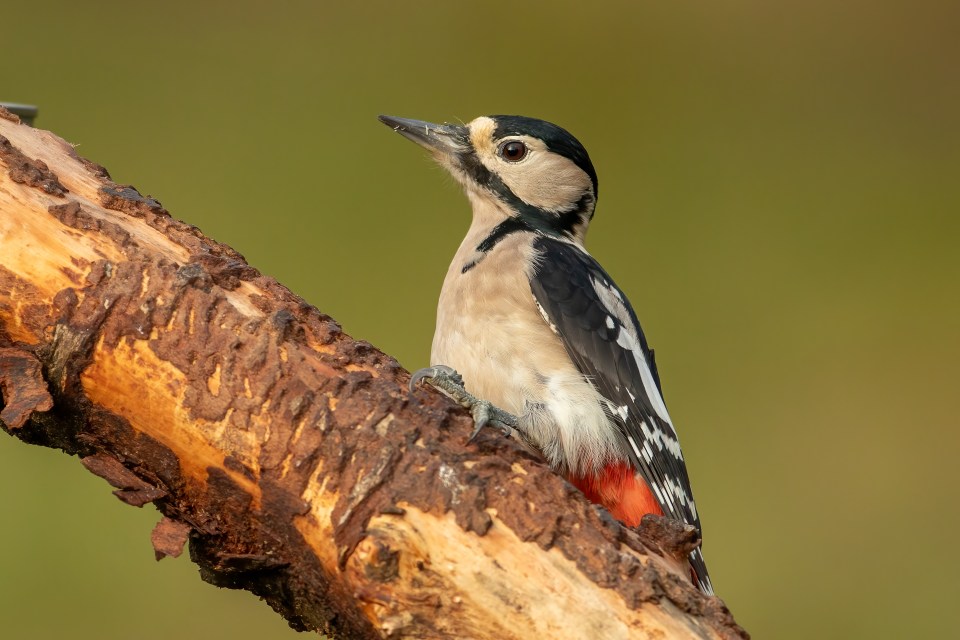Species Guide: Green Woodpecker (Picus viridis)
Family: Picidae
APPEARANCE
The Green Woodpecker is the largest woodpecker species in the British Isles. They are a heavy set bird with a very long bill. The wings and back are dark green, and the underparts parts a paler green. They also have a bright yellow patch on their rumps as well as red caps on their heads. Both males and females sport a black moustache, with the males being distinguishable by a red center to the moustache.

Diet
The Green Woodpecker diet consists predominantly of ants. They use their beaks to dig into ant colonies and then use their long sticky tongues to capture their prey. They will however occasionally eat other insects and small reptiles opportunistically.
HABITAT
Favoring lowland broadleaf habitats, but can be found across a range of habitats including urban and suburban. They are absent from Ireland, as well as North-West Scotland and most of the islands around the British Isles.
Ad Space
Behavior
Green Woodpeckers have a bouncing style flight pattern. Their call is loud and almost sounds like a laugh.
Did You Know? The Green Woodpecker is affectionately called the ‘Yaffle’ due to its laughing call. A name that was immortalized in the BBC children’s TV series Bagpuss which featured a Green Woodpecker as one of the characters.
Green Woodpeckers excavate a nest cavity in a tree with areas of soft or rotting wood using their strong bills. Both the male and female contribute to the excavation. The position of the nest site varies from a few feet above the ground, to right up high in the branches. The nest site is left unlined. Pairs have one brood per year with a clutch size of 4 to 6 eggs. Both parents take it in turns to incubate the eggs which hatch after 19 to 20 days. The nestlings are fed by both parents and fully fledged after a further 21 to 24 days.

Biometrics1
| Wing Length | 158-169mm |
| Body Weight | 171-206 grams |
| Longevity | 5-10 Years |
NATURAL PREDATORS
Sparrowhawks are their main predator. Their nests sites can also be subject to predation by a number of mammals.
Conservation Status
They are green listed in the UK and registered as Least Concern from a global conservation status.
U.K.
Conservation Status

Global
Conservation Status

Ad Space
Related Articles




Citations
- Featherbase [Accessed 16/10/2025] ↩︎
References
Lovette, I. et al. (2016) The Cornell Lab of Ornithology, handbook of bird biology. Third edition. Chichester: Wiley. [Accessed 16/10/2025]







